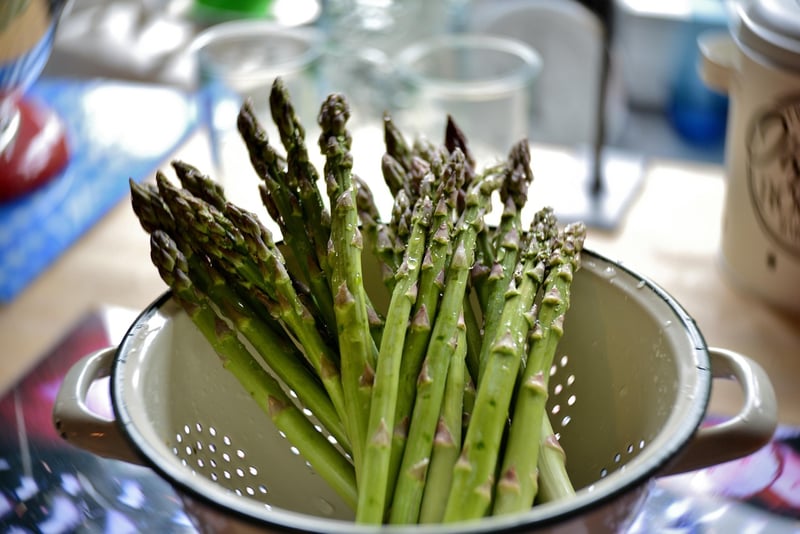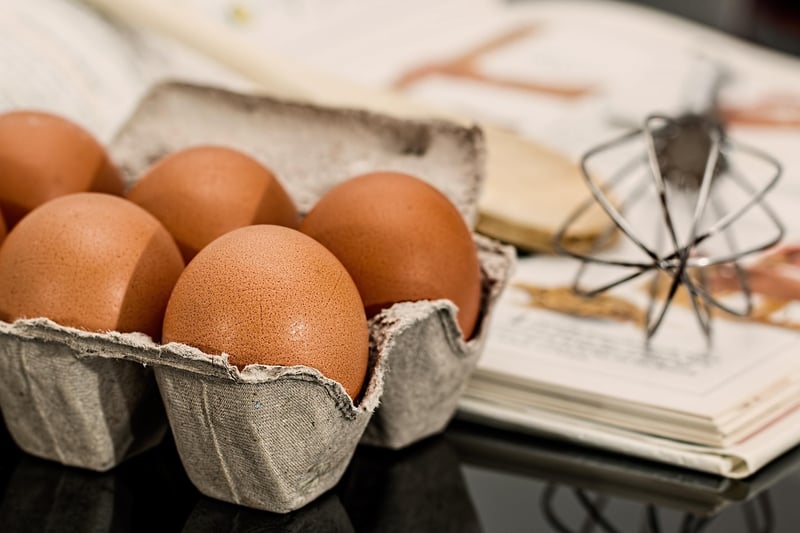Culinary Harmony
The Art of Culinary Harmony: Creating a Harmonious Blend of Flavors
Great food is not just about taste; it's about creating a symphony of flavors that harmonize perfectly on your palate. The art of culinary harmony lies in the skillful balance of ingredients, textures, and cooking techniques to create a truly delightful experience for the senses.
Key Elements of Culinary Harmony:
1. Flavor Pairing:
Pairing complementary flavors is essential for achieving culinary harmony. Whether it's the sweet and savory combination of honey-glazed pork or the classic pairing of tomatoes and basil in a Caprese salad, thoughtful flavor combinations elevate a dish from good to exceptional.
2. Textures:
Contrasting textures add depth and interest to a dish. The crunch of toasted nuts in a salad, the creamy richness of a velvety soup, or the tender juiciness of a perfectly cooked steak all contribute to a well-rounded culinary experience.
3. Visual Appeal:
We eat with our eyes first, so presentation plays a crucial role in culinary harmony. Vibrant colors, thoughtful plating, and garnishes not only make a dish visually appealing but also enhance the overall dining experience.
The Role of Culinary Techniques:
Mastering culinary techniques is fundamental to achieving harmony in cooking. Whether it's the precise art of sous vide cooking, the bold flavors imparted by grilling over an open flame, or the delicate touch required for pastry making, each technique adds a layer of complexity and depth to a dish.
Striving for Balance:
Balance is key in creating culinary harmony. Balancing flavors such as sweet, salty, sour, and bitter ensures that no single taste overpowers the others. Similarly, balancing rich and light ingredients, heavy and delicate textures, and familiar and unexpected elements results in a dish that is truly harmonious.
Embracing Creativity:
While there are tried-and-true flavor combinations and techniques, true culinary harmony often comes from thinking outside the box and experimenting with new ideas. Embrace creativity in the kitchen, trust your palate, and don't be afraid to take risks to discover unique and delightful flavor pairings.
Conclusion:
Creating a harmonious blend of flavors is an art form that requires a deep understanding of ingredients, techniques, and the principles of balance. By paying attention to flavor pairing, textures, presentation, and culinary techniques, you can elevate your cooking to new heights and delight your taste buds with every bite.

Let the art of culinary harmony inspire you to create memorable dining experiences that leave a lasting impression on your guests.
For more culinary inspiration and tips, check out Food Network.
